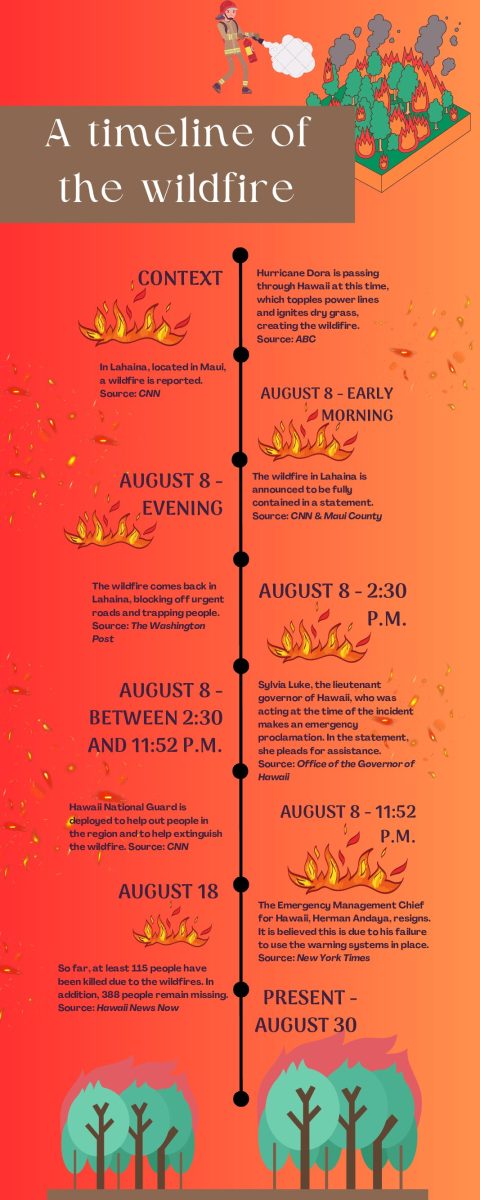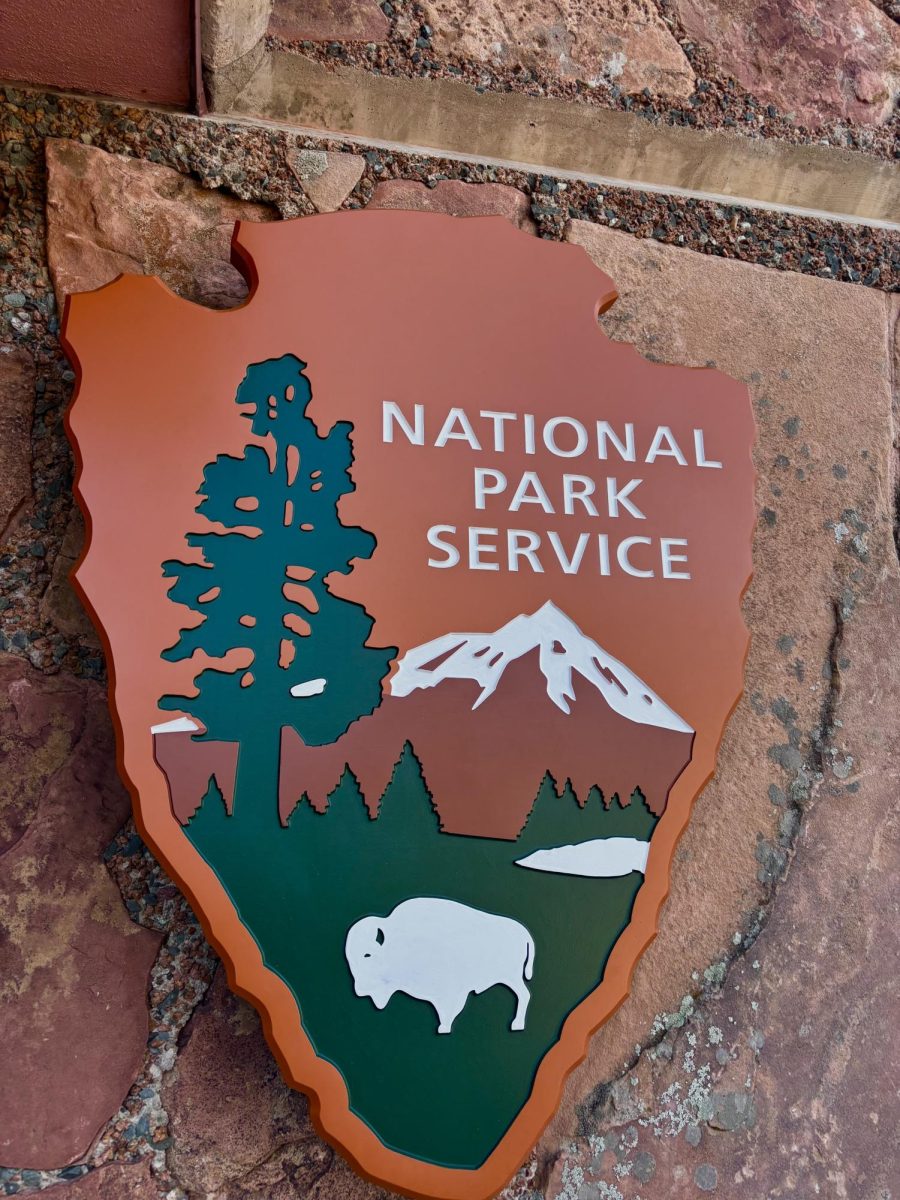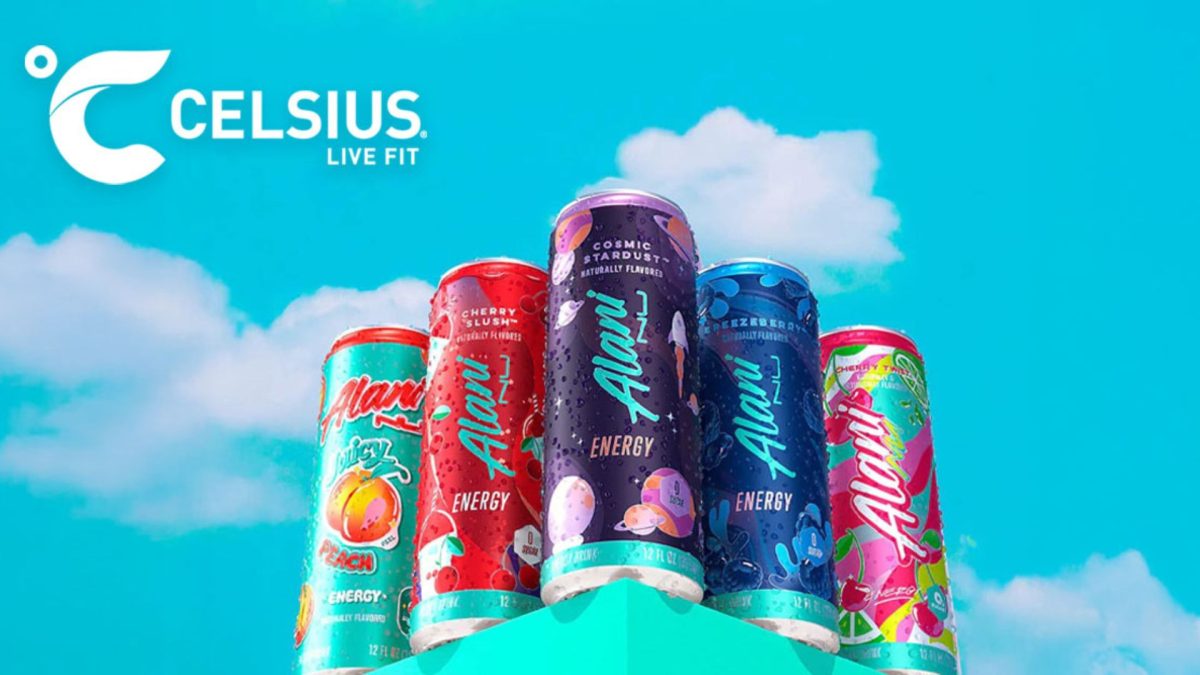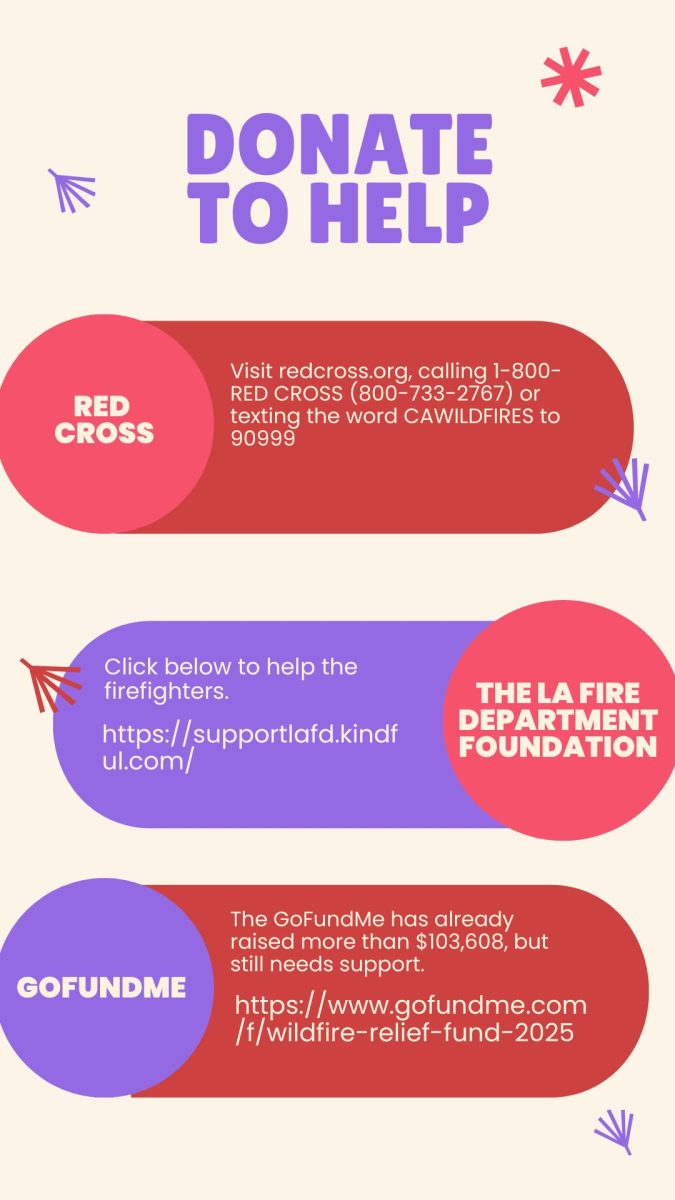As the deadliest wildfire in nearly a century in the United States blazes through Hawaii, questions still linger about how it started and developed.
“A lot of your wildfires, like in California, are from the winds and excessive heat,” Environmental Science teacher Deborah Haeberlin said. “So things like that will play a role and along with that if anything spontaneously combusted or just a bad choice.”
Haeberlin has also been to Hawaii herself and has seen the environment there, as she went on a research trip to compare erosion between the islands. She notes that any dry heat can cause fires, which is also true in the Hawaii wildfires. According to an early hypothesis from ABC, dry grass was ignited from power lines falling after the devastating Hurricane Dora.
The first signs that a wildfire had started was on August 8, when in Lahaina, which is located in Maui, a wildfire was reported in the early morning, according to CNN. Just a few hours later, the county announced it was fully contained in a statement. With the containment, it seemed like everything was over – but it wasn’t.
“You have a lot of, not on that island where it happened, but there’s a lot of military presence,” Spanish teacher and Hawaii native Jessica Philpot said. “So there is already a lot of [immediate] help already there.”
At 2:30 p.m. the same day, the wildfires again ignited, and just a few hours later everybody went into panic, according to The Washington Post. Sylvia Luke, the lieutenant governor of Hawaii, who was acting at the time declared an emergency proclamation in a statement asking for assistance. Although the response to that was swift, with the Hawaii National Guard arriving a few hours later, there was one underlying problem.
“They’ve had a really good response to [the fire] because everybody jumps into action and helps everybody and they have a lot of warning systems,” Philpot said. “Like, you know, after a tsunami they have like tsunami warnings in place. So they have all of these like alert systems in place so that you get like a text on your phone.”
What Philpot describes, however, never actually happened. Although the warning systems were supposed to sound in the event of a fire, they never did. Instead, the Emergency Management Chief for Hawaii didn’t do anything. With roads blocked and residents unaware of the fire, he chose not the warn the people. This was, in effect, perhaps one of the worst responses one could have. This led to him resigning just a few days later – August 18 – to national scorn, according to the New York Times.
“Knowing that a lot of that is going to get destroyed is heartbreaking,” Haeberlin said. “But I also know overtime it will be rebuilt, and the ash that will be put down based on the fires will benefit the soil, so it will rebirth.”
As Haeberlin describes, the impact of the wildfires is gigantic. There is a reason it is the deadliest wildfire in more than a century – at least 115 people have been killed, according to Hawaii News Now. That isn’t all, as 388 people remain missing with difficulties in searching to area.
“There is such a massive ecosystem out there that you aren’t going to find on the mainland,” Haeberlin added. “They’re very, very strict about what comes in and off the island.”
This is also an impact of the wildfires – it both hurts and destroys the environment. While it allows the soil to rebirth and build again, it destroys the previous ecosystem. As she notes, a lot of stuff can only be found on the island and that is being currently destroyed. However, it is rebuilding fast as more people try to contribute and help.
“I guess you can find organizations that would donate money or supplies or anything like that,” senior Alaina Hutchinson said. “I think, also, elections are coming up and that could impact the [wildfires].”
Hutchinson has been involved in trying to help the locals of Hawaii recover from the fire. One thing she has done is with the class Jobs after Graduation (JAG), where the students were instructed to write letters.
“I wrote about trying to sympathize with the people who had lost people,” Hutchinson said. “Their loved ones like family and friends and stuff like that.”
She says this helped her gain empathy for the locals. She isn’t the only one doing things to help, though. The Community Foundation of Southern Indiana, which includes New Albany, has set up resources to donate to organizations like SOS and Hawai’i Community Foundation.
With these organizations and the outpouring of help to Hawaii, people will recover. But this won’t be the last time it will happen in the future – and so Hutchinson advocates change to help the environment.
“Take better care of our planet. That would probably be a really big one,” said Hutchinson. “It is a lot to do just with one person but I think a lot can happen if a lot of people put their mind to it things can change.”







